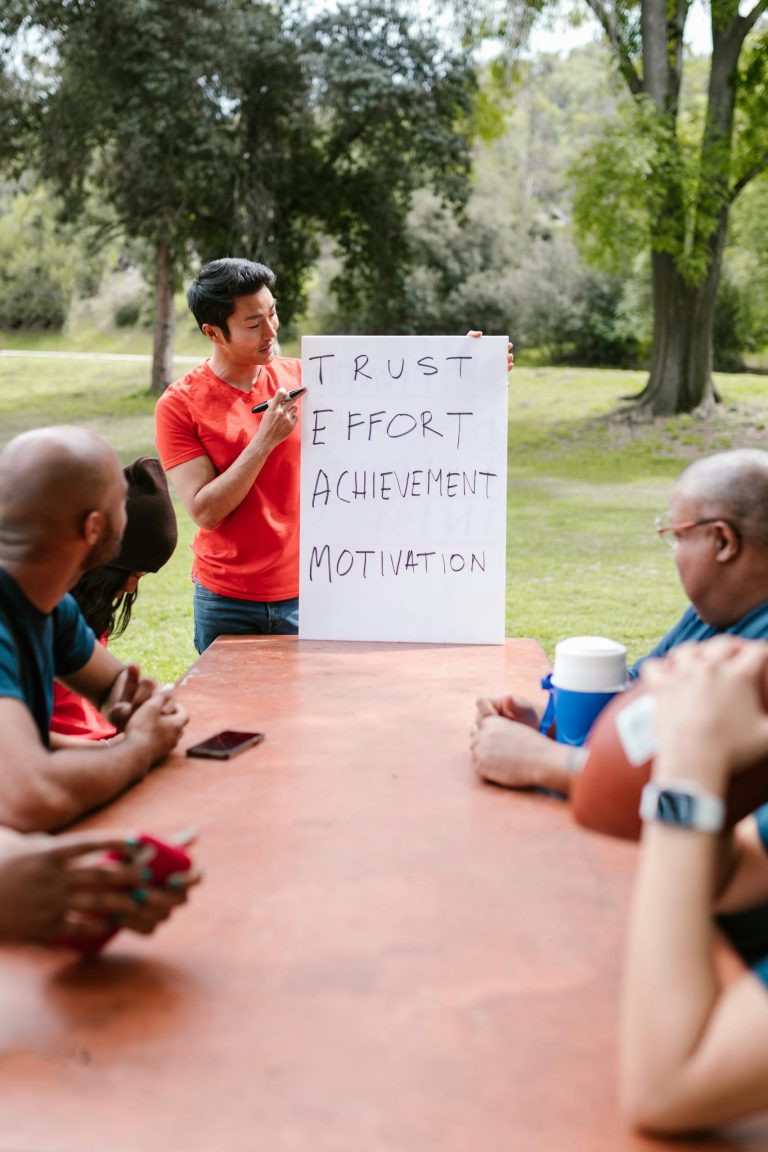The Core Principles of Servant Leadership in Modern Organizations
A few years ago, I worked under a manager who didn’t talk much during meetings. Instead, he asked questions. He cleared blockers. He followed up quietly, gave credit publicly, and gave support privately. It took me a while to realize: he wasn’t trying to “lead from the front”—he was leading from behind. That’s when I discovered the idea of servant leadership.

At first, the term sounds strange. How can a leader be a servant? Isn’t leadership about direction, influence, and decisions? It is. But it’s also about creating the conditions where others can do their best work. And that’s exactly what servant leadership is about.
It’s Not About You
Servant leadership starts with a mindset shift: leadership is not about status—it’s about responsibility. Not the power to control, but the willingness to care.
A servant leader asks, “What does my team need from me in order to succeed?”—and then acts on the answer. That could mean giving someone time to think. Or offering clear structure. Or removing a toxic element that’s been dragging everyone down.
It’s about putting the team’s needs before your ego. Not because you’re passive. But because real influence comes from trust, not authority.
Principle 1: Listening Before Leading
In most workplaces, leaders are expected to speak up. But the best ones listen first. They pay attention to what’s said—and what’s not. They ask questions that go beneath the surface.
Servant leaders understand that listening isn’t a soft skill. It’s a power skill. It’s how you build connection, identify friction, and unlock insights that don’t show up in metrics.
Principle 2: Empowerment Over Control
Micromanagement is the opposite of service. Servant leaders believe in delegating authority, not just tasks. They create environments where people can take ownership, make decisions, and even fail safely.
This doesn’t mean a hands-off approach. It means offering support without suffocating, and trusting people enough to grow into their potential—even when it’s messy.
Principle 3: Leading with Integrity and Care
Servant leaders aren’t perfect, but they’re consistent. Their team knows what to expect from them are honesty, fairness, and follow-through.
They give feedback with empathy. They make tough decisions transparently. And above all, they make people feel seen, respected, and valued—not just used.
Why It Works in the Real World
In today’s organizations, people don’t want to be managed. They want to be trusted, supported, and inspired. Servant leadership creates teams that are more engaged, more resilient, and more loyal—because people perform better when they feel safe and respected.
It also works across generations. Younger professionals, especially, are less responsive to hierarchy and more responsive to purpose, flexibility, and human-centered leadership.
How to Start Practicing It
- Ask your team regularly: “What’s getting in your way?”
- Celebrate contributions publicly, even small ones.
- Set clear expectations, but leave room for autonomy.
- Don’t have all the answers, have better questions.
- Treat leadership as a relationship, not a role.
Final Thought
Servant leadership isn’t about being soft. It’s about being strong for the sake of others. It’s about using your influence to lift, not push.
And in modern organizations, where complexity is high, burnout is real, and people want more than just a paycheck—that kind of leadership isn’t optional. It’s essential. Want to lead your team with energy—without running on empty yourself?
About the Author
Emily Carter is a Leadership Research Analyst and contributing author at MajorLeader. With expertise in emotional intelligence and hybrid work dynamics, Emily translates the latest research into practical advice and training. Her passion lies in helping leaders build compassionate, emotionally intelligent teams that excel in today’s fast-paced world.




